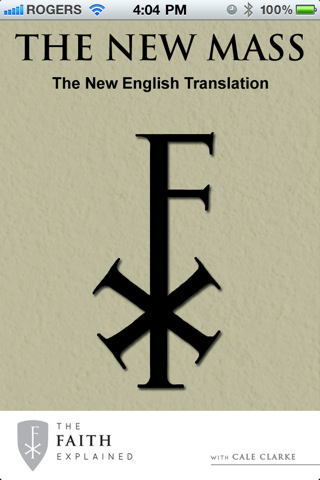 On a day when U.S. President Barack Obama gave the “State of the Union” address, it’s apropos that today is the feast marking the conversion of Saint Paul. This, in turn, denotes the close of the Week of Prayer for Christian Unity. And without true conversion, Christian unity will always be relegated to fantasy status. It seems that many Christians have either a) given up on the concept completely, or b) have a skewed vision of what true Christian unity looks like.
On a day when U.S. President Barack Obama gave the “State of the Union” address, it’s apropos that today is the feast marking the conversion of Saint Paul. This, in turn, denotes the close of the Week of Prayer for Christian Unity. And without true conversion, Christian unity will always be relegated to fantasy status. It seems that many Christians have either a) given up on the concept completely, or b) have a skewed vision of what true Christian unity looks like.
Pope Benedict XVI had some strong words mere hours ago for those who have given up on the possibility of Christian unity. At an ecumenical event capping the week of prayer at the Basilica of St Paul outside the wall in Rome, the Pontiff said that this attitude is a “temptation of resignation and pessimism”, and amounts to “a lack of trust in the power of the Holy Spirit.” So much for option a)!
What of option b)? Many Catholic and Protestatnt Christians view success in ecumenism as simply “agreeing to disagree”. They believe there are “many valid expressions” of Christianity, even though they differ with each other on key aspects of faith and morality. But such an uneasy peace is not what either Jesus, Paul, or Pope Benedict has in mind.
Pope Benedict noted today that Christian unity is “a moral imperative, a response to a precise call of the Lord.” One of the passages he may have had in mind was John 17:20-21, when Jesus addressed his Father: “I do not pray for these only (the Apostles), but also for those who believe in me through their word, that they all may be one; even as you, Father, are in me, and I in you, that they also may be in us, so that the world may believe that you have sent me.”
Christian disunity is not only therefore direct disobedience to Christ, but we must also recognize that Christian unity must be a corporate unity. That is, we must be visibly one, not just in agreement about some core essentials of doctrine – “Mere Christianity”, as it were (and who’s to say exactly how many elements constitute the “Mereness”?) – is not enough. The union must be visible, corporeal, for Jesus said if it was, “the world may believe that you have sent me”. Seeing is believing for the skeptic.
“That for which we yearn is the unity for which Christ himself prayed and which, by its nature, is manifested in a communion of faith, sacraments and ministry”, Pope Benedict said.
Christian disunity is not what Paul wanted, either. In fact, he was mortified at the beginnings of what amounted to “denominationalism” (denomination means “of a name” – hence Lutheranism, Calvinism, etc.) in Corinth:
I urge you, brothers, in the name of our Lord Jesus Christ, that all of you agree in what you say, and that there be no divisions among you, but that you be united in the same mind and in the same purpose. For it has been reported to me about you, my brothers, by Chloe’s people, that there are rivalries among you. I mean that each of you is saying, “I belong to Paul,” or “I belong to Apollos,” or “I belong to Cephas,” or “I belong to Christ.”Is Christ divided? Was Paul crucified for you? Or were you baptized in the name of Paul?
-1 Corinthians 1:10-13
To the contrary, as Paul writes to the Ephesians, “There is one Lord, one faith, one baptism” (Ephesians 4:5).
The theme of the Week of Christian unity was, “One in the apostles’ teaching, fellowship, breaking of bread and prayer” (cf. Acts 2:42). There will be no Christian unity without an acceptance of all the apostles’ teaching, preserved in the Catholic Church. There’s no unity without the “breaking of the bread” – code for the Mass. And true fellowship derives from oneness in purpose and belief, for, as Jesus said, “Every kingdom divided against itself is brought to desolation; and every city or house divided against itself shall not stand” (Matthew 12:25). Another U.S. President, Abraham Lincoln, once famously quoted those words. And the Civil Wars within Christianity must likewise end.


 A friend who is a spiritual seeker recently asked, “Why are there so few non-religious documents to support the existence of Jesus?”
A friend who is a spiritual seeker recently asked, “Why are there so few non-religious documents to support the existence of Jesus?” Now you can download version 1.1 of The New Mass app from the iTunes App Store! For those of you who already have The New Mass, simply download the update from the App Store on your iOS device. Click
Now you can download version 1.1 of The New Mass app from the iTunes App Store! For those of you who already have The New Mass, simply download the update from the App Store on your iOS device. Click